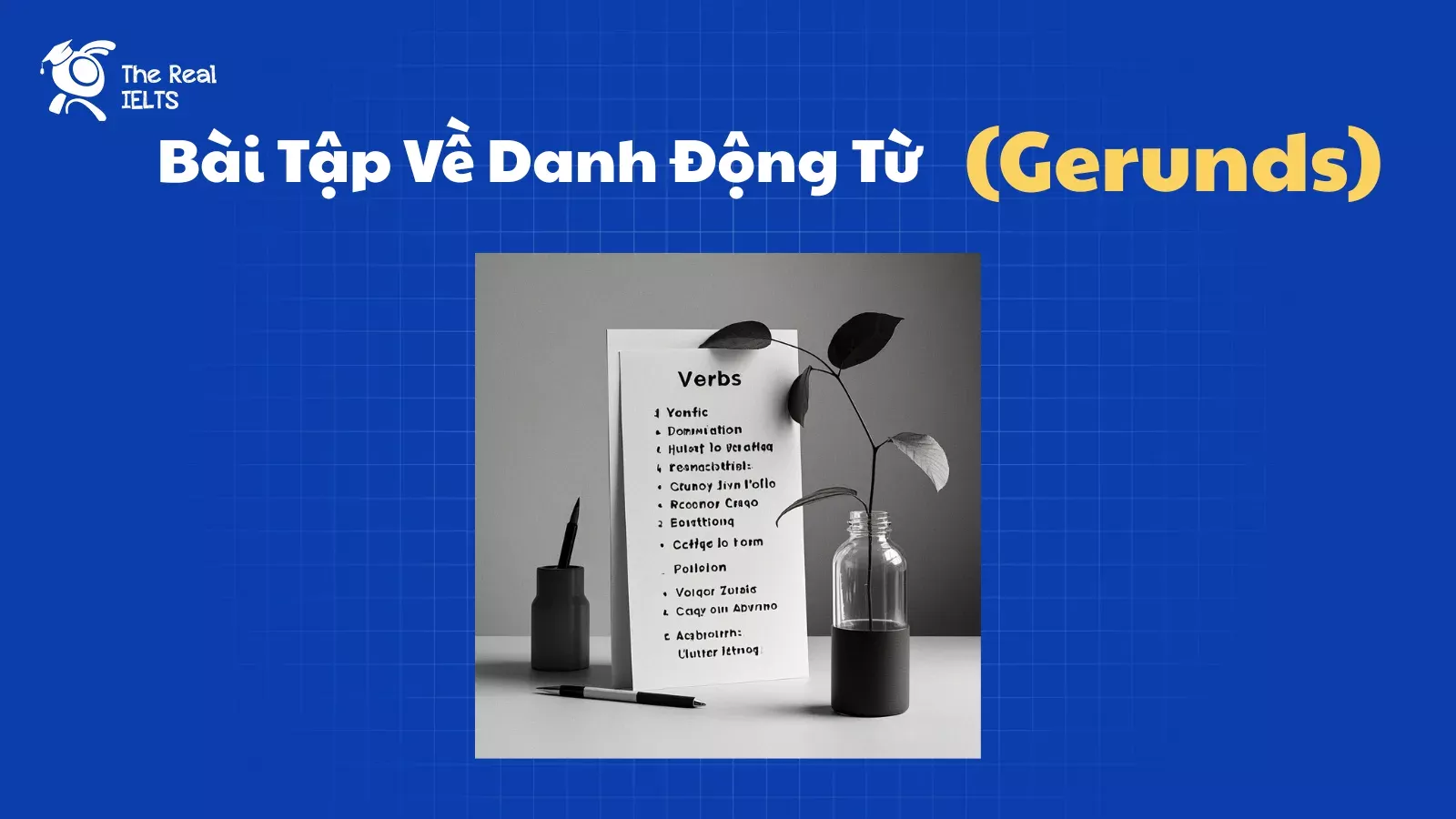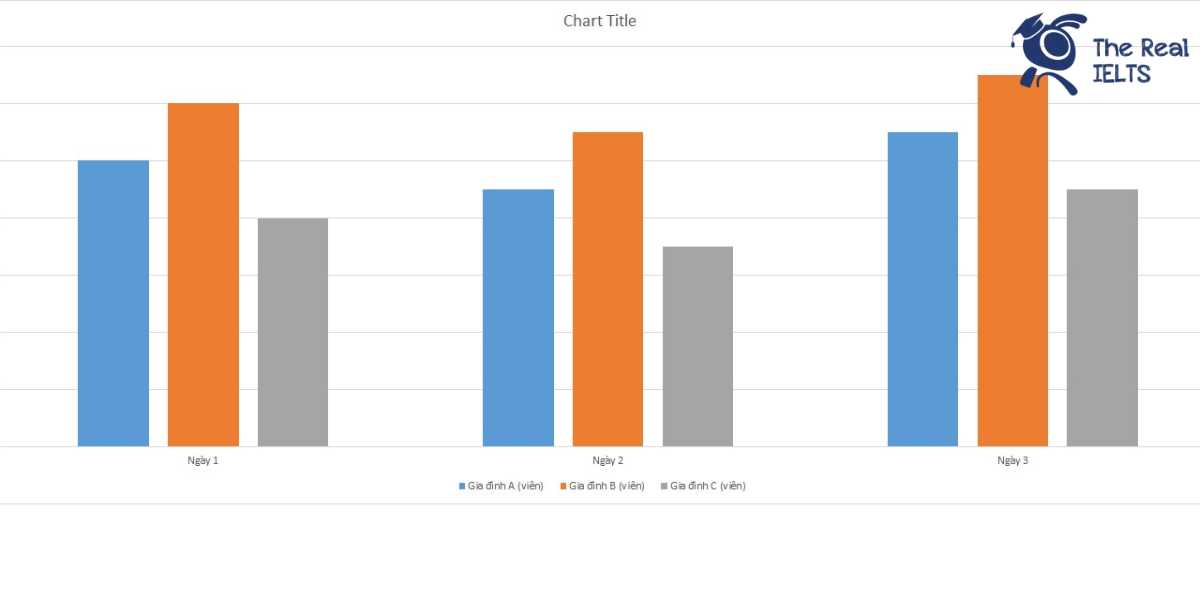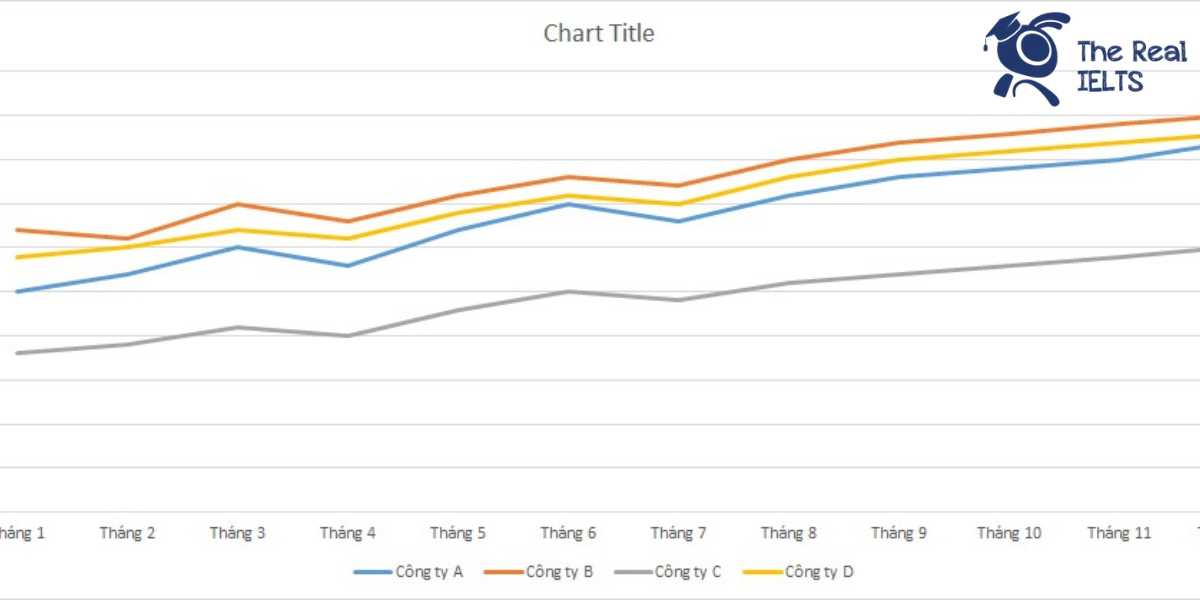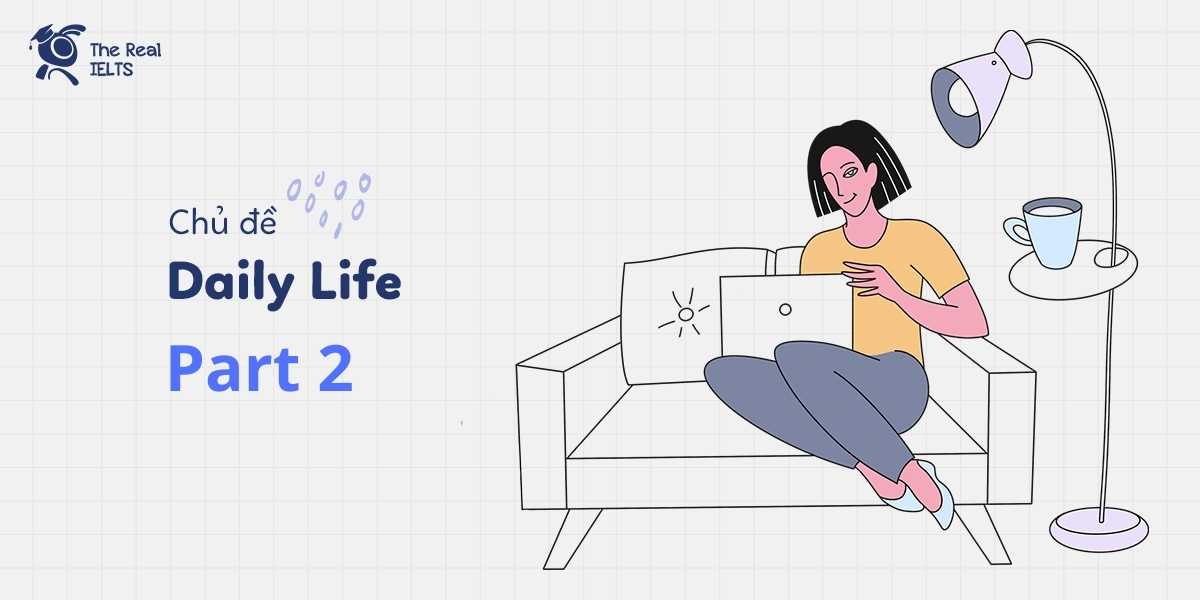Đề thi IELTS Reading có tiêu đề “The Challenges of Maintaining Work-Life Balance”
Nhớ đọc thêm các bài luyện thi IELTS nhé.
IELTS Reading:”The Challenges of Maintaining Work-Life Balance“
Maintaining a work-life balance has become increasingly challenging in today’s fast-paced world, where the lines between professional and personal life are often blurred. This issue is a growing concern as it affects not only individual well-being but also organizational productivity and societal health. As more people find it difficult to manage their responsibilities at work alongside personal commitments, the importance of addressing the factors contributing to this imbalance cannot be overstated.
One of the primary challenges in maintaining a work-life balance is the rise of technology and the digital age. While advancements in technology have allowed for greater flexibility in where and how people work, they have also led to an ‘always-on’ culture. Emails, instant messaging, and virtual meetings have made it possible to stay connected to work at all times, blurring the boundaries between work hours and personal time. This constant connectivity can result in increased stress and burnout, as individuals feel pressured to be available around the clock, often at the expense of their personal lives.
Moreover, the global nature of business today has added another layer of complexity to maintaining a work-life balance. With companies operating across different time zones, employees may be required to work irregular hours to accommodate international clients or colleagues. This can disrupt an individual’s daily routine, leading to a lack of time for rest, family, and leisure activities. The demands of a globalized economy often mean that work takes precedence over personal life, further straining the ability to maintain a healthy balance.
Another significant challenge is the increasing pressure to achieve success in a competitive job market. In many industries, there is a cultural expectation to work long hours and dedicate oneself fully to professional advancement. This ‘workaholic’ mentality is often glorified, with success being equated to long hours and constant availability. Consequently, individuals may sacrifice their personal lives in pursuit of career goals, leading to feelings of guilt, stress, and dissatisfaction when they are unable to fulfill personal commitments.
Additionally, the lack of adequate policies and support systems in many workplaces exacerbates the difficulties of maintaining work-life balance. Many companies do not offer sufficient parental leave, flexible working hours, or support for employees with caregiving responsibilities. As a result, individuals, particularly women, often find it challenging to juggle the demands of work and family. This lack of support can lead to increased stress and a decrease in overall job satisfaction, making it difficult for employees to perform effectively in both their professional and personal roles.
The challenges of maintaining work-life balance are further compounded by societal expectations and cultural norms. In many cultures, there is a strong emphasis on the traditional roles of men and women, with men often expected to be the primary breadwinners and women the primary caregivers. These expectations can lead to an unequal distribution of responsibilities within the household, making it difficult for both men and women to achieve a balanced life. Additionally, societal pressure to conform to these roles can create internal conflict, as individuals struggle to meet both professional and personal expectations.
The impact of an imbalanced work-life dynamic is far-reaching. On an individual level, it can lead to mental health issues such as anxiety, depression, and burnout. The lack of time for self-care and relaxation can result in physical health problems, including sleep disorders, cardiovascular disease, and weakened immune function. On a broader scale, organizations may suffer from decreased productivity, higher absenteeism, and increased turnover rates. Society as a whole can also be affected, as the breakdown of work-life balance can lead to weakened family structures, reduced community engagement, and a decline in overall quality of life.
Addressing the challenges of maintaining work-life balance requires a multi-faceted approach. Employers must recognize the importance of creating a supportive work environment that prioritizes employee well-being. This can include implementing flexible working arrangements, offering wellness programs, and promoting a culture that values work-life balance. Governments can also play a role by enacting policies that support employees in balancing their professional and personal lives, such as parental leave, childcare support, and regulations on working hours.
On an individual level, it is crucial to set boundaries and prioritize self-care. Learning to say no, delegating tasks, and managing time effectively can help individuals regain control over their work-life balance. Additionally, open communication with employers about the need for flexibility and support can lead to better understanding and accommodation.
In conclusion, maintaining a work-life balance is a complex challenge that requires the cooperation of individuals, employers, and society as a whole. By addressing the factors that contribute to this imbalance and implementing solutions that prioritize well-being, it is possible to create a healthier, more balanced life that benefits everyone. The road to achieving this balance is not easy, but it is a necessary journey for the well-being of individuals and the greater good of society.
Đề bài thi IELTS Reading
Multiple Choice (10 Questions)
- What is a primary challenge in maintaining work-life balance?
- A. Lack of technology
- B. Increasing work demands
- C. ‘Always-on’ culture due to technology
- D. Decreased productivity
- Which factor is mentioned as contributing to the complexity of work-life balance?
- A. Traditional family roles
- B. Globalization of businesses
- C. Reduced work hours
- D. Increased vacation time
- What is often glorified in a competitive job market?
- A. Flexible working hours
- B. Workaholic mentality
- C. Work-life balance
- D. Equal pay
- What does the lack of adequate workplace policies lead to?
- A. Decreased job satisfaction
- B. Improved work-life balance
- C. Higher salaries
- D. Better career opportunities
- What cultural expectation is mentioned in the text?
- A. Men should stay at home
- B. Women should be the primary caregivers
- C. Equal distribution of household responsibilities
- D. Men and women share equal work duties
- What can an imbalanced work-life dynamic lead to on an individual level?
- A. Increased community engagement
- B. Weakened family structures
- C. Mental health issues
- D. Better career advancement
- What is suggested as a solution for maintaining work-life balance?
- A. Working longer hours
- B. Sacrificing personal life for work
- C. Setting boundaries and prioritizing self-care
- D. Avoiding communication with employers
- Who can play a role in supporting work-life balance?
- A. Only employers
- B. Only individuals
- C. Both employers and governments
- D. Only governments
- What can governments do to support work-life balance?
- A. Implement wellness programs
- B. Enact policies on parental leave
- C. Increase working hours
- D. Reduce employee support systems
- What is emphasized as necessary for achieving work-life balance?
- A. Individual efforts alone
- B. A multi-faceted approach
- C. Only societal changes
- D. Ignoring professional responsibilities
True/False/Not Given (10 Questions)
- The rise of technology has only positive effects on work-life balance.
- True
- False
- Not Given
- Globalization requires employees to work regular hours across all industries.
- True
- False
- Not Given
- The text suggests that the ‘workaholic’ mentality is harmful to work-life balance.
- True
- False
- Not Given
- Many workplaces provide adequate support for employees with caregiving responsibilities.
- True
- False
- Not Given
- Traditional cultural norms have no impact on work-life balance.
- True
- False
- Not Given
- An imbalanced work-life dynamic can contribute to weakened immune function.
- True
- False
- Not Given
- Employers are the only ones responsible for creating a supportive work environment.
- True
- False
- Not Given
- The text mentions that women are expected to be the primary breadwinners in most cultures.
- True
- False
- Not Given
- Increased productivity is the main goal of addressing work-life balance challenges.
- True
- False
- Not Given
- Maintaining work-life balance is portrayed as an easy task in the text.
- True
- False
- Not Given
Yes/No/Not Given (5 Questions)
- The author believes that technological advancements have made work-life balance more difficult.
- Yes
- No
- Not Given
- The text suggests that flexible working hours alone can solve the problem of work-life balance.
- Yes
- No
- Not Given
- The author agrees that government policies are necessary for achieving work-life balance.
- Yes
- No
- Not Given
- The text indicates that societal changes are unnecessary for improving work-life balance.
- Yes
- No
- Not Given
- The author believes that a healthier, more balanced life benefits society.
- Yes
- No
- Not Given
Matching Information (5 Questions)
- Match the following factors with their corresponding effects:
- A. Technology
- B. Globalization
- C. Competitive Job Market
- D. Lack of Workplace Policies
- E. Cultural Norms
i. Leads to an ‘always-on’ culture
ii. Disrupts daily routines
iii. Encourages long working hours
iv. Creates unequal distribution of responsibilities
v. Results in decreased job satisfaction
Matching Headings (5 Questions)
- Match the headings with the correct paragraphs:
- A. Impact of an Imbalanced Work-Life Dynamic
- B. The Role of Technology in Work-Life Balance
- C. Solutions for Achieving Work-Life Balance
- D. The Influence of Globalization on Work-Life Balance
- E. Challenges of Traditional Cultural Norms
Sentence Completion (5 Questions)
- The rise of technology has resulted in a(n) __________ culture.
- Globalization often requires employees to work __________ hours.
- In a competitive job market, success is often equated with __________.
- Many companies do not offer sufficient support for employees with __________ responsibilities.
- The lack of time for self-care can result in __________ health problems.
Summary Completion (5 Questions)
Complete the summary with words from the passage:
33-37. Maintaining work-life balance is a growing concern in today’s fast-paced world, largely due to the impact of __________ and the __________ of businesses. Additionally, the pressure to achieve success in a __________ job market and the lack of adequate __________ policies make it difficult for individuals to balance their professional and personal lives. Moreover, traditional __________ norms often exacerbate these challenges, leading to an unequal distribution of responsibilities within the household.
Short Answer Questions (5 Questions)
- What is one suggested solution for individuals to maintain work-life balance?
- Which factor contributes to an ‘always-on’ culture?
- What can governments do to help employees achieve work-life balance?
Đáp án bài thi IELTS Reading
Multiple Choice (10 Questions)
- C. ‘Always-on’ culture due to technology
- B. Globalization of businesses
- B. Workaholic mentality
- A. Decreased job satisfaction
- B. Women should be the primary caregivers
- C. Mental health issues
- C. Setting boundaries and prioritizing self-care
- C. Both employers and governments
- B. Enact policies on parental leave
- B. A multi-faceted approach
True/False/Not Given (10 Questions)
- False
The rise of technology has both positive and negative effects, with the text focusing on the negative impact on work-life balance. - False
Globalization often requires employees to work irregular hours, not regular hours. - True
The text suggests that the ‘workaholic’ mentality is harmful to work-life balance. - False
The text mentions that many workplaces do not provide adequate support. - False
The text indicates that traditional cultural norms do impact work-life balance. - True
The text mentions that lack of time for self-care can result in physical health problems. - False
The text mentions that both employers and governments share responsibility. - False
The text mentions women as the primary caregivers, not breadwinners. - Not Given
The text does not state that increased productivity is the main goal of addressing work-life balance challenges. - False
The text describes maintaining work-life balance as a complex challenge.
Yes/No/Not Given (5 Questions)
- Yes
The author believes that technological advancements have made work-life balance more difficult. - No
The text suggests that flexible working hours alone are not sufficient. - Yes
The author agrees that government policies are necessary for achieving work-life balance. - No
The text suggests that societal changes are necessary for improving work-life balance. - Yes
The author believes that a healthier, more balanced life benefits society.
Matching Information (5 Questions)
- Match the following factors with their corresponding effects:
A. Technology – i. Leads to an ‘always-on’ culture
B. Globalization – ii. Disrupts daily routines
C. Competitive Job Market – iii. Encourages long working hours
D. Lack of Workplace Policies – v. Results in decreased job satisfaction
E. Cultural Norms – iv. Creates unequal distribution of responsibilities
Matching Headings (5 Questions)
- Match the headings with the correct paragraphs:
A. Impact of an Imbalanced Work-Life Dynamic – Paragraph discussing mental health and societal impact
B. The Role of Technology in Work-Life Balance – Paragraph discussing ‘always-on’ culture
C. Solutions for Achieving Work-Life Balance – Paragraph discussing setting boundaries and policies
D. The Influence of Globalization on Work-Life Balance – Paragraph discussing irregular hours due to global business
E. Challenges of Traditional Cultural Norms – Paragraph discussing traditional roles and expectations
Sentence Completion (5 Questions)
- ‘always-on’
The rise of technology has resulted in a(n) ‘always-on’ culture. - irregular
Globalization often requires employees to work irregular hours. - long working hours
In a competitive job market, success is often equated with long working hours. - caregiving
Many companies do not offer sufficient support for employees with caregiving responsibilities. - physical
The lack of time for self-care can result in physical health problems.
Summary Completion (5 Questions)
33-37. technology, globalization, competitive, workplace, cultural
Maintaining work-life balance is a growing concern in today’s fast-paced world, largely due to the impact of technology and the globalization of businesses. Additionally, the pressure to achieve success in a competitive job market and the lack of adequate workplace policies make it difficult for individuals to balance their professional and personal lives. Moreover, traditional cultural norms often exacerbate these challenges, leading to an unequal distribution of responsibilities within the household.
Short Answer Questions (5 Questions)
- Setting boundaries and prioritizing self-care
What is one suggested solution for individuals to maintain work-life balance? - Technology
Which factor contributes to an ‘always-on’ culture? - Enact policies on parental leave, childcare support, and working hours
What can governments do to help employees achieve work-life balance?
Luyện tập bài khác ở bài viết:”100 bài luyện IELTS Reading 2024 – 2025“












